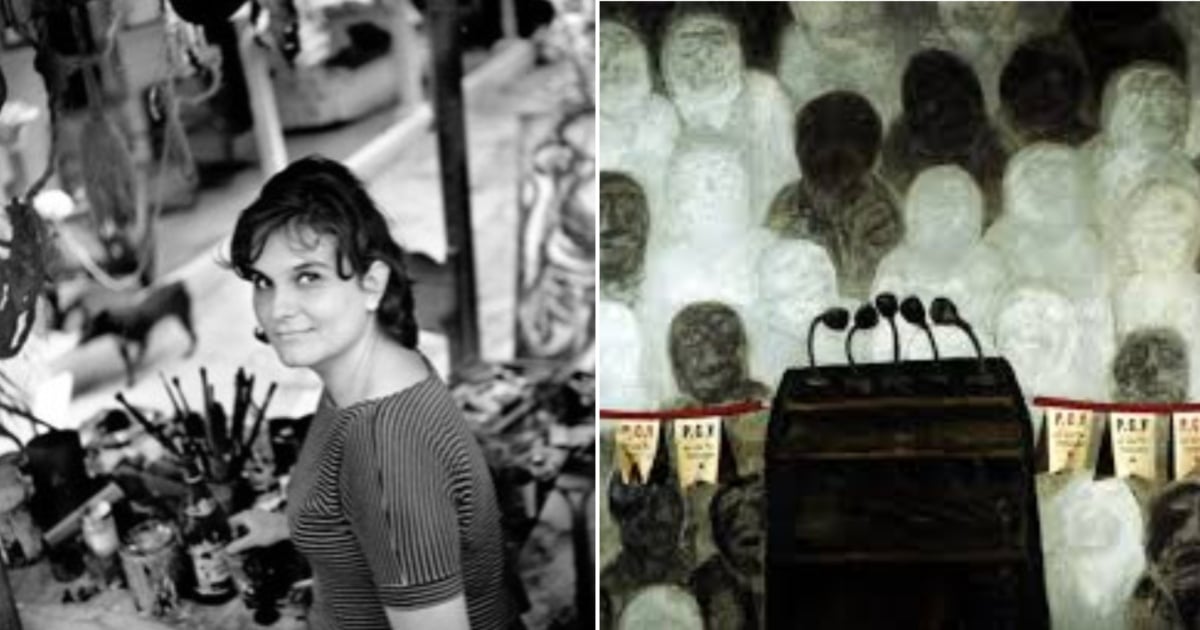From late December through April this year, the Cuban Diaspora Museum in Miami is hosting an exhibition featuring the work of one of the most prominent Cuban painters of the 20th century, Antonia Eiriz. Titled "Antonia Eiriz: The Eye of the Sibyl," the exhibition presents 20 of her most significant pieces, sourced from private collections outside of Cuba.
According to the museum's website, the exhibition is curated by art critic Janet Batet. It showcases a selection of Eiriz's works spanning from the 1960s to the 1990s, providing an unprecedented insight into the creative journey of one of Cuba's most controversial artists. Eiriz is portrayed as an "oracular" figure, whose art critiques, alters, and bears witness to the oppressive realities of her era, inspired by Batet's essay, "In the Eye of the Sibyl."
The exhibition draws on the mythological Sibyl, a figure known for her prophetic clarity, to reflect on the repression and violence inherent in the Cuban revolution. "Eiriz's work is not merely a reflection of her trauma but a collective wound resonating with many Cuban and diasporic voices," Batet noted.
In her critique, Batet emphasizes that Eiriz's response to censorship was not silence but a transformation of her craft, highlighting resilience, adaptability, and defiance. Through this exhibition, Eiriz is celebrated as a voice of resistance within her political context.
Antonia Eiriz (1929-1995) infused her art with themes of anguish, suffering, and the social realities of her time, which she explored throughout her career as a painter. She was among the artists who integrated the sociopolitical changes in Cuba following Fidel Castro's rise to power into their work. Her critical stance led to censorship by the regime, and in 1966, as an act of defiance, she chose to stop painting.
Antonia Eiriz and Cuban Art
Who is Antonia Eiriz?
Antonia Eiriz was a prominent Cuban painter known for her critical artworks that reflect the social and political realities of her time, especially during and after the Cuban revolution.
What is the significance of the exhibition at the Cuban Diaspora Museum?
The exhibition, "Antonia Eiriz: The Eye of the Sibyl," is significant because it provides a comprehensive view of Eiriz's artistic journey and highlights her role as a voice of resistance against the oppressive Cuban regime.
How did Eiriz respond to censorship?
Antonia Eiriz responded to censorship by transforming her artistic practice, focusing on resilience, adaptability, and defiance rather than succumbing to silence.
